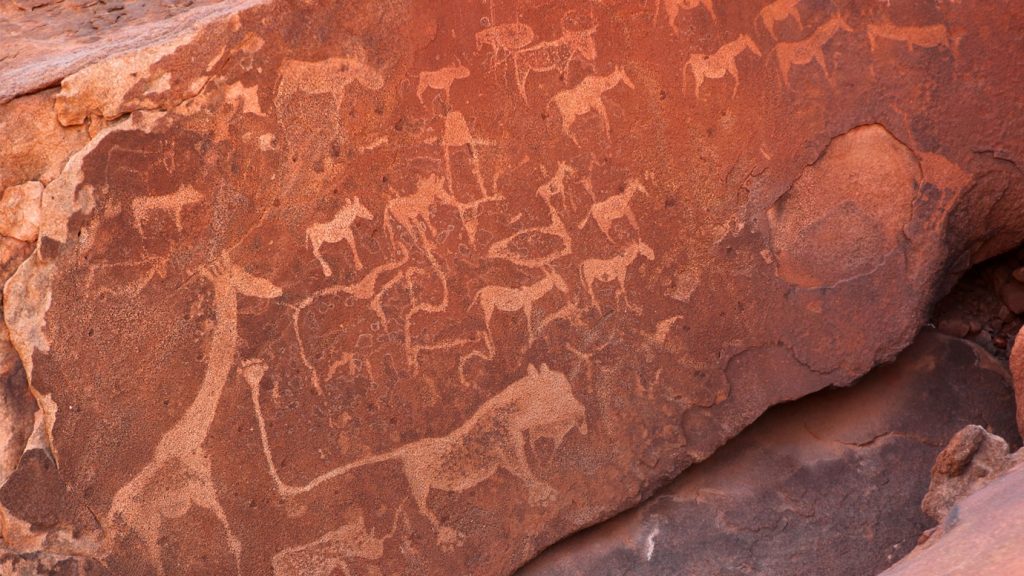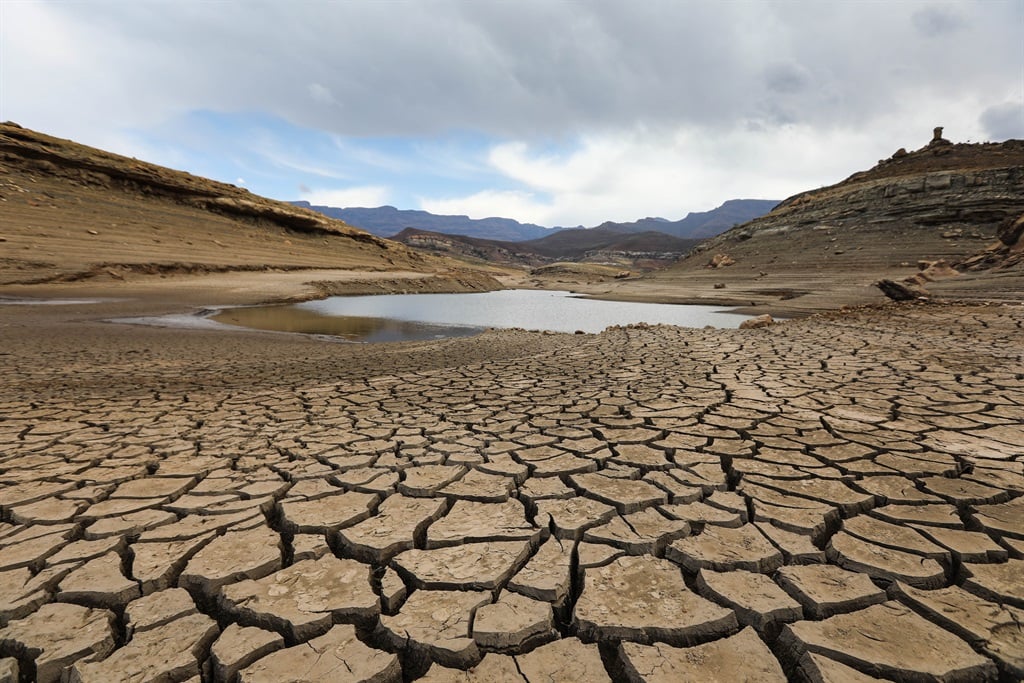Namibia, with its breathtaking landscapes, diverse wildlife, and rich cultural heritage, stands as a testament to the power of private land ownership and sustainable tourism in preserving biodiversity. In a world where natural habitats are increasingly threatened, Namibia’s innovative approach serves as a beacon of hope for the long-term protection of its precious ecosystems.
Private Land Ownership: A Catalyst for Conservation
One of the most compelling aspects of Namibia’s conservation success story is its embrace of private land ownership. Over the years, a significant portion of Namibia’s land has transitioned from state-owned to privately held, empowering local communities and conservationists to become stewards of the environment.
Private landowners in Namibia are incentivized to protect and sustainably manage their properties. They often collaborate with conservation organizations, and some have transformed their land into wildlife reserves and conservancies. This shift towards private land ownership has helped mitigate habitat loss and reduce human-wildlife conflicts, allowing Namibia’s rich biodiversity to thrive.
A case in point is the success of communal conservancies. These community-owned areas, which cover substantial portions of Namibia’s landscape, serve as havens for both wildlife and local livelihoods. By granting communities ownership and management rights, Namibia has empowered them to benefit from wildlife conservation through tourism, sustainable hunting, and other enterprises.
Sustainable Tourism: A Win-Win Strategy
Namibia’s commitment to sustainable tourism is a linchpin in its biodiversity conservation efforts. The country has developed a model of eco-tourism that strikes a delicate balance between preserving nature and generating economic benefits for local communities. This approach has several key advantages:
- Economic Benefits: Sustainable tourism generates substantial revenue for Namibia, contributing to its economy while reducing the pressure on natural resources. It creates jobs, particularly in rural areas, providing communities with a stake in conserving their surroundings.
- Education and Awareness: Sustainable tourism offers travelers a unique opportunity to connect with nature and local cultures. Visitors leave with a deeper understanding of the importance of conservation, which in turn fuels global awareness and support for biodiversity protection.
- Supporting Conservation: Revenues from eco-tourism are often reinvested in conservation initiatives. They fund anti-poaching efforts, habitat restoration, and community-driven conservation projects, strengthening the overall network of conservation efforts in the country.
- Reducing Habitat Fragmentation: Sustainable tourism operations often prioritize the protection of natural landscapes and corridors that allow wildlife to roam freely. This helps counteract the negative effects of habitat fragmentation, a major threat to biodiversity.
- Cultural Preservation: Sustainable tourism celebrates and preserves Namibia’s rich cultural heritage. By valuing indigenous knowledge and practices, it fosters cultural pride and supports traditions that have coexisted with wildlife for centuries.
A Model for the World
Namibia’s approach to private land ownership and sustainable tourism offers a blueprint for countries grappling with the twin challenges of conserving biodiversity and promoting economic development. The success of this model lies in its ability to align the interests of conservationists, local communities, and tourists, creating a synergy that benefits everyone involved.
As travelers, we have a role to play in this ongoing conservation effort. By choosing responsible tourism operators and respecting the delicate balance of ecosystems, we can contribute to the long-term protection of Namibia’s biodiversity. Moreover, by sharing our experiences and advocating for similar practices in other regions, we can help spread the positive impact of sustainable tourism.
In conclusion, Namibia’s commitment to private land ownership and sustainable tourism demonstrates that conservation and economic development need not be mutually exclusive. By fostering a sense of ownership and responsibility among local communities, and by embracing eco-tourism as a force for good, Namibia has become a shining example of how these elements can work together harmoniously. In this remarkable nation, the harmonious coexistence of humans, wildlife, and landscapes illustrates the transformative power of private land ownership and sustainable tourism in protecting biodiversity for generations to come.




